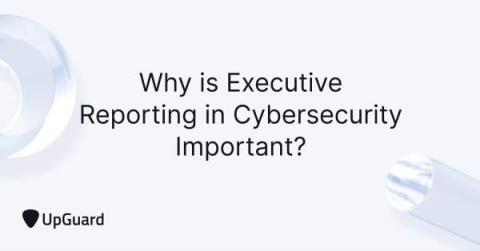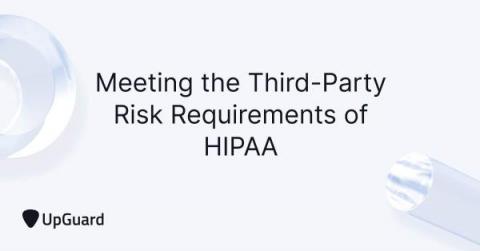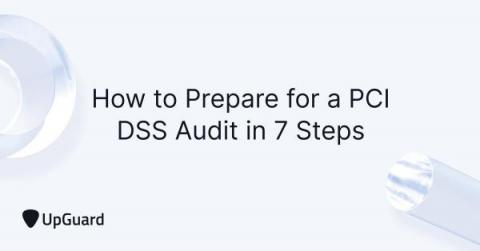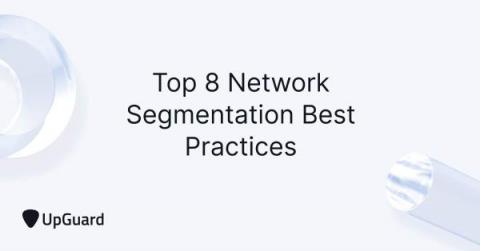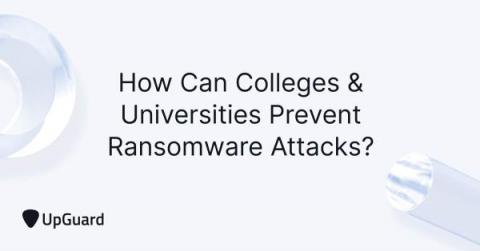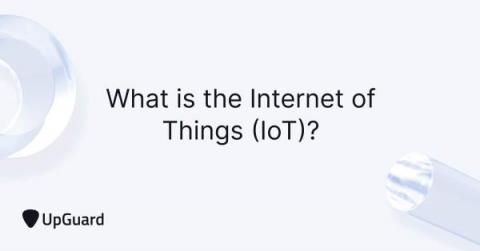What is Privileged Access Management (PAM)? Explained
Privileged access management is a package of cybersecurity strategies and access management tools used for controlling, monitoring, and safeguarding users with privileged access permissions. PAM is widely regarded by analysts and IT teams as a valuable and critical cybersecurity platform, as it's able to achieve high-security ROI.




